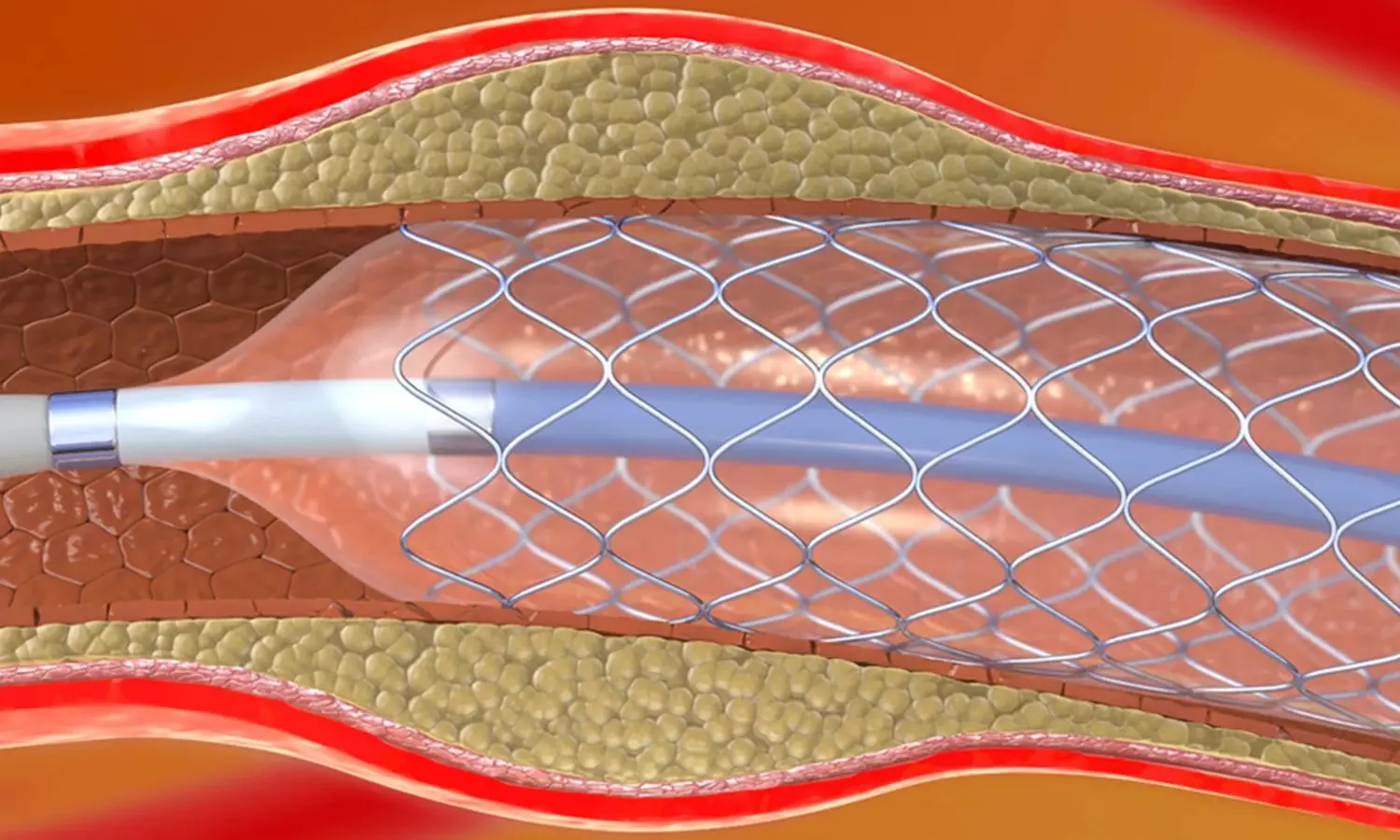TyG and TyG-BMI Indices Predict NAFLD Risk in PCI Patients: Study
- byDoctor News Daily Team
- 20 October, 2025
- 0 Comments
- 0 Mins

Researchers have identified in a new study that the Triglyceride-Glucose (TyG) index and TyG-BMI (Triglyceride-Glucose-Body Mass Index) are potent predictors of non-alcoholic fatty liver disease (NAFLD) in patients undergoing percutaneous coronary intervention (PCI). The research concluded that elevated TyG and TyG-BMI were not only associated with a higher risk of NAFLD but also with severe liver fibrosis, which indicates their potential as easy-to-use clinical tools to assess risk early. The research was published in theFrontiers in Endocrinologyby Yingxiang Chen and colleagues. The investigation was a cross-sectional examination of 776 patients who had coronary angiography and PCI. Participants were divided into two groups based on abdominal ultrasound: PCI with NAFLD (305 patients) and PCI without NAFLD. Patients were subsequently stratified based on their TyG and TyG-BMI indices. Statistical analysis comprised ANOVA, Wilcoxon-Mann-Whitney, t-tests, χ² tests, and Fisher exact tests to compare groups. Multivariate logistic regression was employed to determine independent risk factors for NAFLD, whereas ROC curves examined the predictive value of TyG and TyG-BMI. Lastly, linear correlation and multivariate regression compared the association between NAFLD fibrosis score (NFS), TyG, and TyG-BMI. NAFLD was found in 305 of 776 PCI patients. On multivariate analysis adjusted for confounding variables like age, smoking, hypertension, diabetes, gender, and cardiovascular disease, TyG and TyG-BMI were both identified as independent risk factors for NAFLD. TyG index: The increased risk was associated with each unit increase (OR = 2.63; 95% CI, 1.78–3.8; P < 0.001). TyG-BMI index: With each unit increase, it was associated with a 3.80-fold increased risk of NAFLD (OR = 3.80; 95% CI, 2.55–5.68; P < 0.001). Other risk factors were total cholesterol, triglycerides, LDL cholesterol, fasting blood glucose, and BMI. With regard to the severity of liver fibrosis, a one-unit increase in the TyG index increased the NFS value by 0.247 (β = 0.247; 95% CI, 0.19–0.45; P < 0.001), and a one-unit increase in the TyG-BMI index increased it by 0.344 (β = 0.344; 95% CI, 0.28–0.59; P < 0.001). The research concluded that TyG index and TyG-BMI are positively correlated with the risk of NAFLD and with increased severity of liver fibrosis in PCI patients. These results emphasize the significance of metabolic indices in cardiovascular populations and imply that inclusion of TyG and TyG-BMI in regular evaluation might enhance early detection and control of NAFLD in already high cardiovascular risk patients.
Disclaimer: This website is designed for healthcare professionals and serves solely for informational purposes.
The content provided should not be interpreted as medical advice, diagnosis, treatment recommendations, prescriptions, or endorsements of specific medical practices. It is not a replacement for professional medical consultation or the expertise of a licensed healthcare provider.
Given the ever-evolving nature of medical science, we strive to keep our information accurate and up to date. However, we do not guarantee the completeness or accuracy of the content.
If you come across any inconsistencies, please reach out to us at
admin@doctornewsdaily.com.
We do not support or endorse medical opinions, treatments, or recommendations that contradict the advice of qualified healthcare professionals.
By using this website, you agree to our
Terms of Use,
Privacy Policy, and
Advertisement Policy.
For further details, please review our
Full Disclaimer.
Recent News
Can Taking 4,000 Steps Just Once a Week Lower the...
- 24 October, 2025
Cochrane Review Supports Immediate Skin-to-Skin Co...
- 24 October, 2025
Soft Drink Consumption May Trigger Depression - He...
- 24 October, 2025
Daily Newsletter
Get all the top stories from Blogs to keep track.


0 Comments
Post a comment
No comments yet. Be the first to comment!